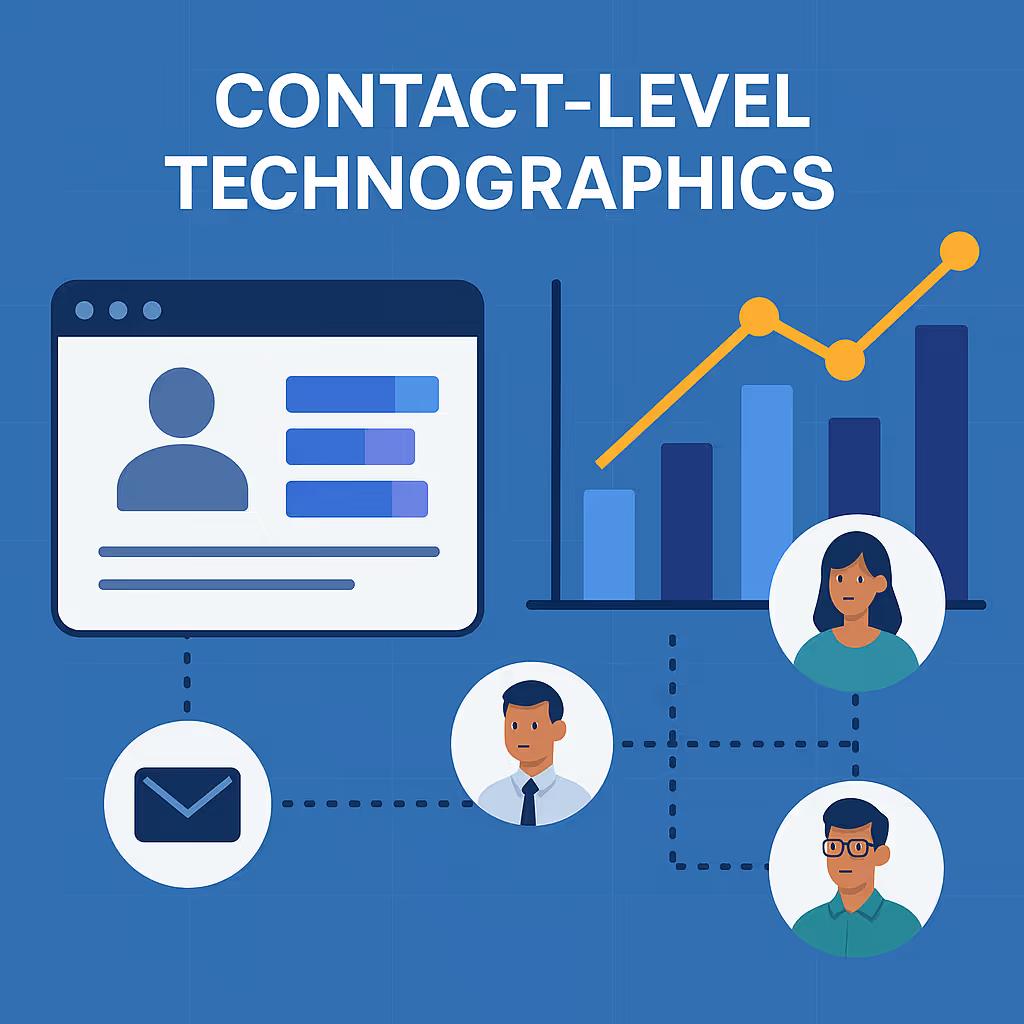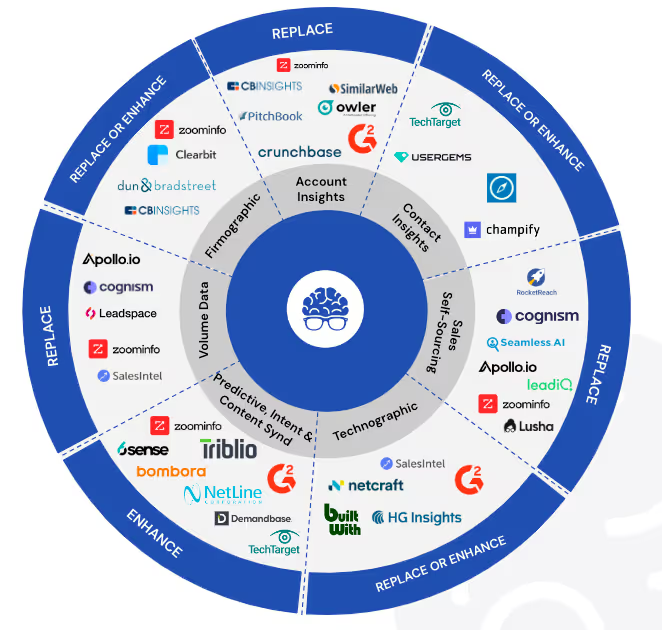The digital era in a post-pandemic world has brought about significant changes in the B2B buying landscape. The Salesforce "State of the Connected Customer" report from 2023^1 indicates that an astounding 83% of business buyers expect companies to proactively understand and cater to their needs. As a result, internalizing the maxim, "Understand the buying process, then map it to the org chart,” has never been more crucial.The traditional B2B buying process, which encompasses the stages of "Research, Compare, Approve, and Purchase", is far from linear. The latest G2 report from 2023^2 suggests that a staggering 95% of buyers are more likely to make a purchase after perusing a credible review during the Research stage. This journey often meanders through the intricate maze of the target account org chart, interacting with various decision-makers and influencers.The complexity of this journey is governed by factors such as the number of employees, product cost, security concerns, supply chain requirements, and technological nuances, among others. Therefore, an account-based strategy necessitates a profound understanding of the target account's organizational structure^3.Yet, it is not uncommon for even the most seasoned B2B marketers to overlook the multifaceted nature of the target account buying process. A recent HubSpot survey^4 revealed that 72% of companies have not identified or attempted to measure a sales funnel. For companies dealing with a larger Total Contract Value (TCV), a longer sales cycle, and more decision-makers involved in the purchase, it becomes indispensable to grasp the buying process of their target accounts thoroughly.Creating an actionable Ideal Customer Profile (ICP) requires a deep understanding of the target accounts' buying process. Google's B2B Decision Making Process report from 2023^5 revealed that the average B2B buyer performs 15 searches before engaging with a specific brand's website. This critical aspect often gets absorbed into broader discussions about targeting, decision makers, differentiation, and objection handling, without being explicitly recognized.Custom B2B datasets at scale come into play here. These datasets can offer comprehensive insights into buyer personas, their journey, behavior, preferences, and potential pain points^6.
Step-by-Step Process to Map the Buying Process to an Organizational Chart:
- Identify the Key Stakeholders: The latest Salesforce data suggests that an average of 7 to 12 decision-makers are involved in the B2B buying process^7. Identify these stakeholders using custom B2B datasets.
- Understand Their Roles & Responsibilities: Tailor your marketing message to align with the concerns and objectives of each stakeholder.
- Define the Buying Journey for Each Stakeholder: A Harvard Business Review study from 2023^8 highlights that the B2B buying process is cyclical, involving four stages – problem identification, solution exploration, requirements building, and supplier selection. Identify these stages for each stakeholder.
- Segment the Stakeholders Based on Their Roles in the Buying Process: Not all stakeholders carry equal weight in the buying process. Discern this hierarchy for effective personalization of your approach.
- Develop Personalized Communication for Each Segment: HubSpot’s latest research^9 shows that personalized calls-to-action convert 210% better. Leverage this insight to develop personalized messaging for each segment.
- Establish a Cadence for Outreach: Determine the communication frequency and channels for each segment. Strive for consistency without inundating the stakeholders.
- Leverage Custom B2B Datasets for Continuous Refinement: Use custom B2B datasets to constantly refine your understanding of the buying process and adjust your strategy accordingly.
Understanding the buying process is an iterative journey of learning, refining, and adapting. By strategically aligning the buying process with your target account's org chart, you can enhance the scalability, efficiency, and effectiveness of your marketing and sales efforts.
Mapping Your Targeted Accounts Buying Processes to Their Org Charts on Auto-Pilot
LeadGenius has specific data enrichment,contact monitoring and org chart mapping automation programs that are set to your custom, specific ICP preferences. We do this everyday to create more closed won sales quicker for mid-market and enterprise sales organizations. Request a demo by clicking here. References:
- Salesforce (2023). State of the Connected Customer, Third Edition. Retrieved from Salesforce.com
- G2 (2023). The Power of Reviews: The Ultimate Guide. Retrieved from G2.com
- Harvard Business Review (2023). The New Era of B2B Buying. Retrieved from hbr.org
- HubSpot (2023). The Evolving State of Sales Funnels. Retrieved from hubspot.com
- Google (2023). The B2B Decision Making Process: A Data-Driven Approach. Retrieved from thinkwithgoogle.com
- G2 (2023). The Role of Data in B2B Marketing Strategies. Retrieved from G2.com
- Salesforce (2023). The Complex Landscape of B2B Buying. Retrieved from Salesforce.com
- Harvard Business Review (2023). Decoding the B2B Buying Cycle. Retrieved from hbr.org
- HubSpot (2023). The Impact of Personalization on Conversion Rates. Retrieved from hubspot.com




